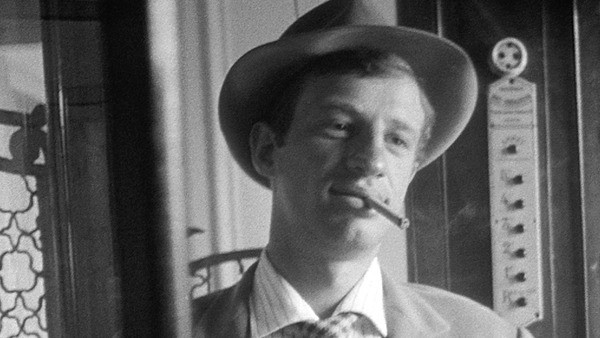Scene 1:
INT – DAY – LOUNGE
Two characters – 1 and 2 – are seen lying on a couch fast asleep, the rubbish from what seemed to be a party litter the room. Suddenly the doorbell buzzes very loudly and wakes both characters up. 1 however tries to fall back asleep and so 2 gets up and answers the door.
handheld shots give the idea of the camera being a person – helps the audience relate to the situation and the jokes, zooms and pulls and pushes also represent a human eye looking at specific things and give off a comedic effect.
camera MS follows someone walking up to house, zooms in on the window
cuts to see the 2 characters sitting on the couch, it pans to see crisp packets and cups on the floor and table and around the room then it pans back to the characters and zooms on their face. One of them groans and moves a little
cuts to person outside stepping up to the door.
back inside, doorbell buzzes and they both wake up very suddenly, zoom in on 2 getting up to get the door, follows him as he leaves the room then pans back to look at character 1 trying to fall back asleep
“Ah hello I’m Mr 3, 1’s Landlord, is he in?”
zooms in on 1 as his eyes open suddenly with an extremely shocked and worried look on his face.
A hand from out of scene gives 2 a note. When opened it reads – ‘I’M NOT HERE – in a rushed and messy handwriting. 2 stands close to the door so as to block view into the house, however not completely.
From 2’s perspective, hand appears as if out of nowhere (from lounge) and sticks out for a bit. then cut to 3’s perspective, the hand still sticking out, it shakes a bit to get 2’s attention then 2 takes it and says thanks without taking his eyes off of 3. cut to 2’s perspective, zoom in on 3 then zoom out and focus on the note.
back to 3’s perspective (shot)
“Oh you know what, he JUST left for work”
right after saying this 1 rushes across frame
back to 2’s perspective. (reverse shot)
Mr 3:
“was that-“
Shot:
“ahhh no that was just someone from the party last night”
reverse shot:
“PARTY?! oh no there is no parties allowed and 1 knows this, i definitely need to speak to him now.”
shot: camera slightly stepped back
“Oh no don’t worry we didn’t have the party here, we…. used the neighbours house ?”
shot: zooms in on 2 realising what he just said
“You broke into the Taylor’s house?! That’s highly Illegal-”
shot
a loud bang and “Ow” from the side of the frame that 1 disappeared to interrupts Mr 3
“right let me see right now”
camera zooms in on 2 looking very worries, then zooms out and follows 3 as he walks into the house and turns the corner.
Mr 3 walks into the house only to see 1 peeking out of a small cupboard, 2 quickly sits on the cupboard, shutting 1 in so he cannot be seen followed by another “OW” from 1.
camera sees 2 sit down on the bench / cupboard then zooms in on 3’s face to see his anger and mixed with confusion.
2:
“See? Nothing”
Mr 3 stutters a bit in confusion






